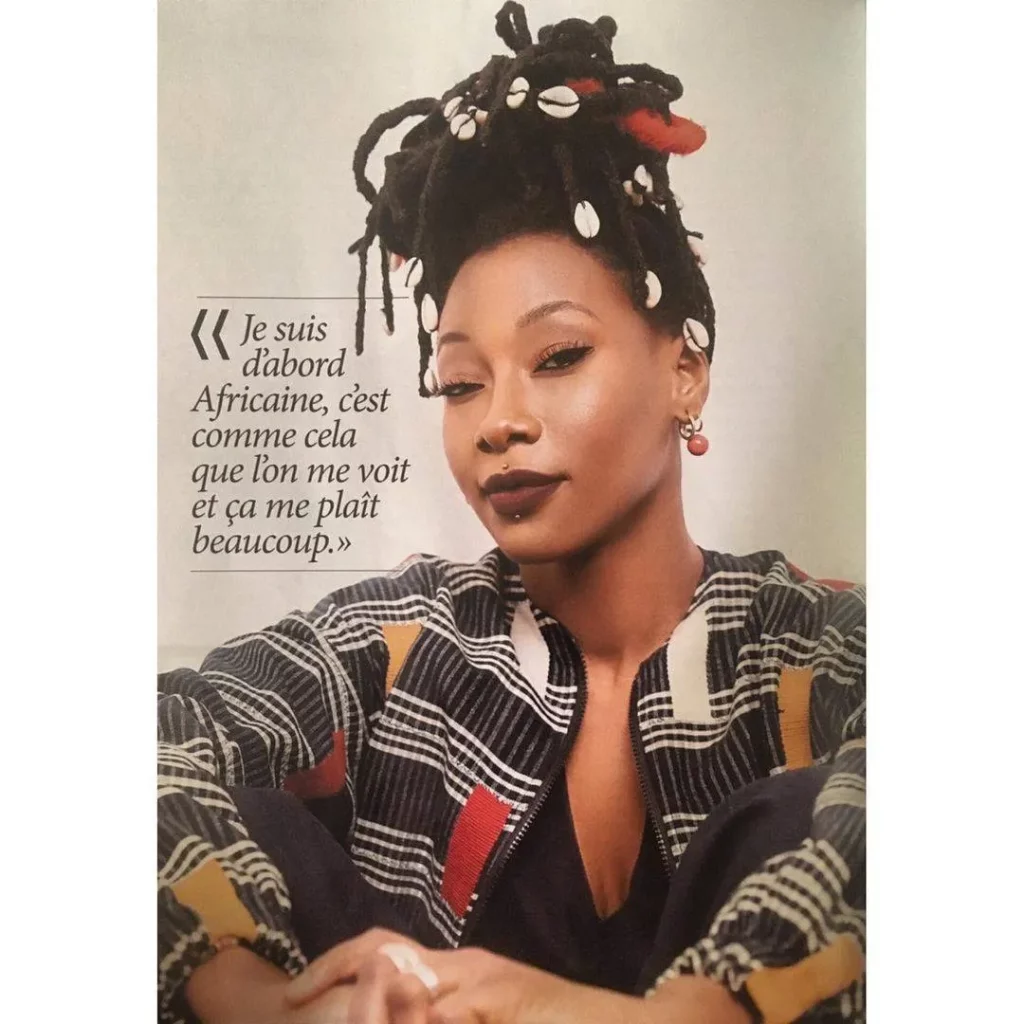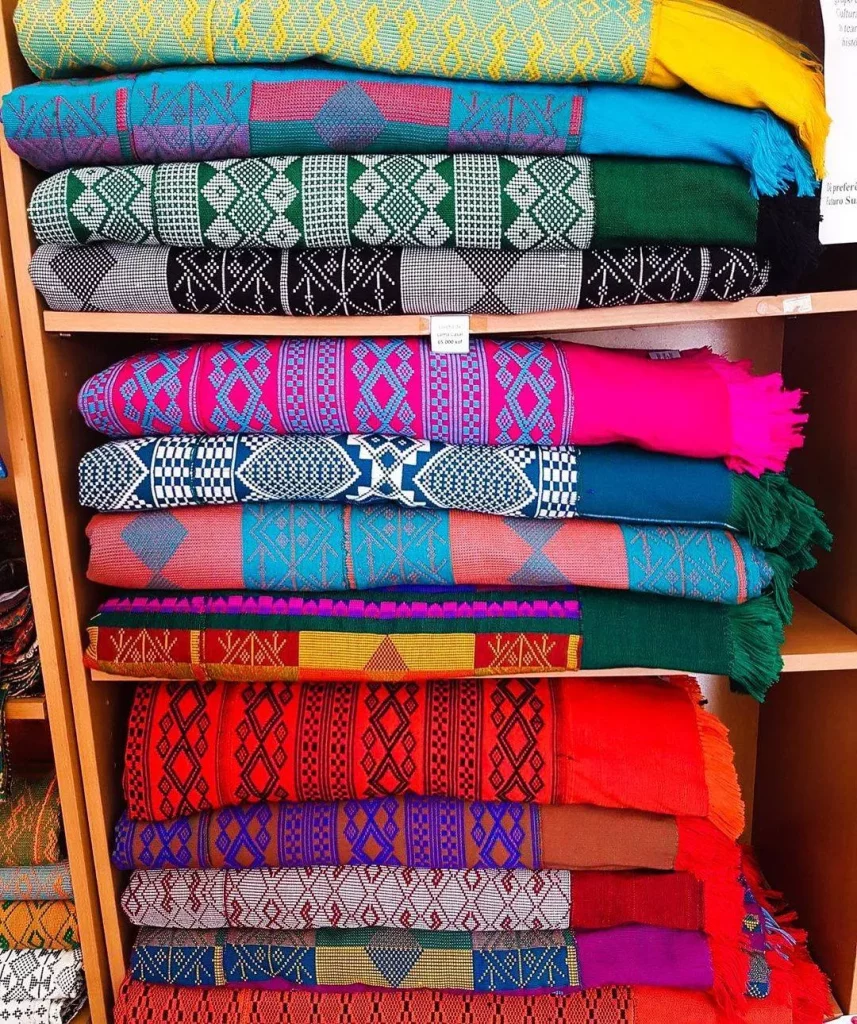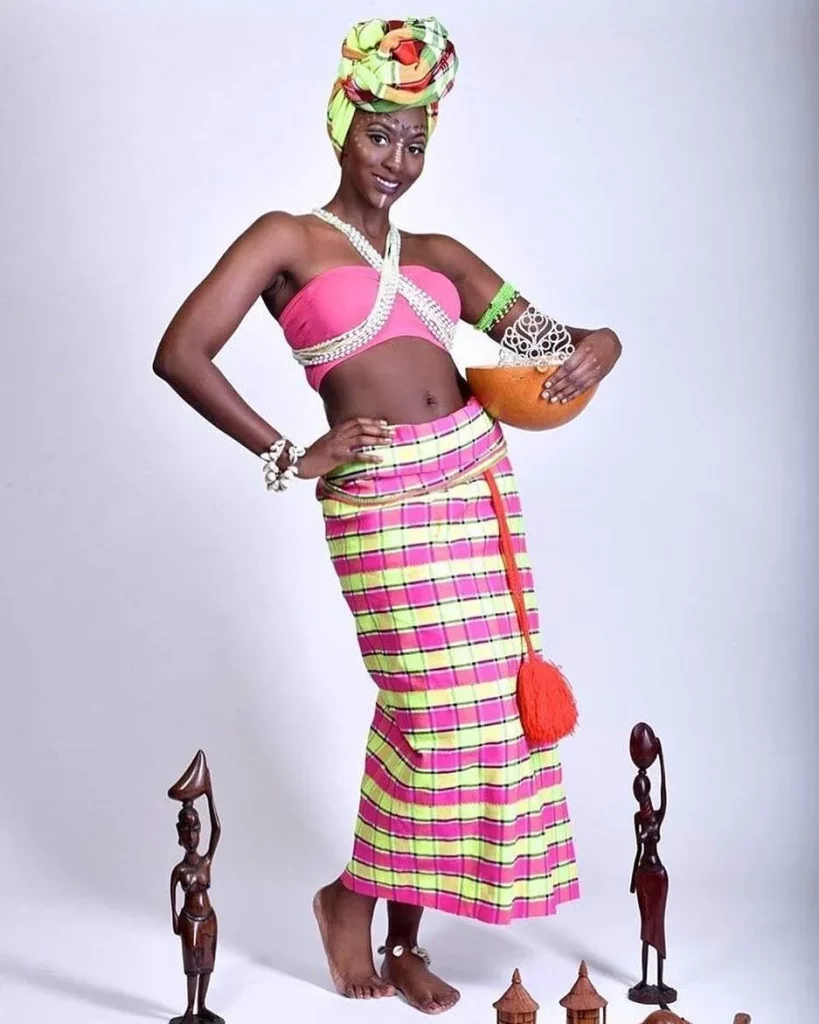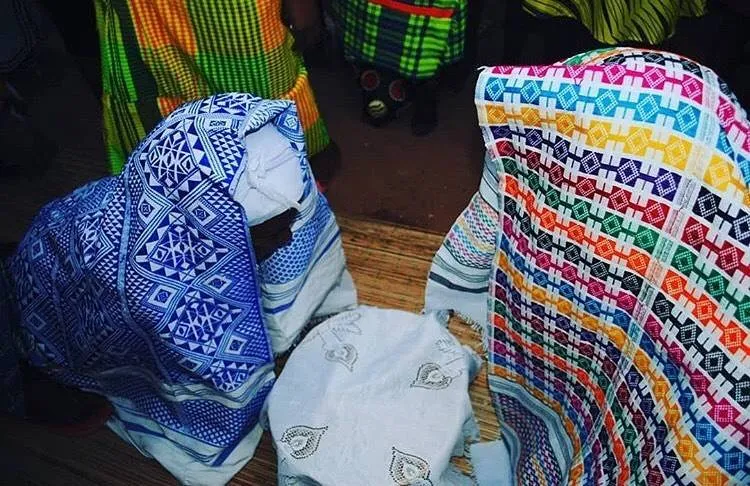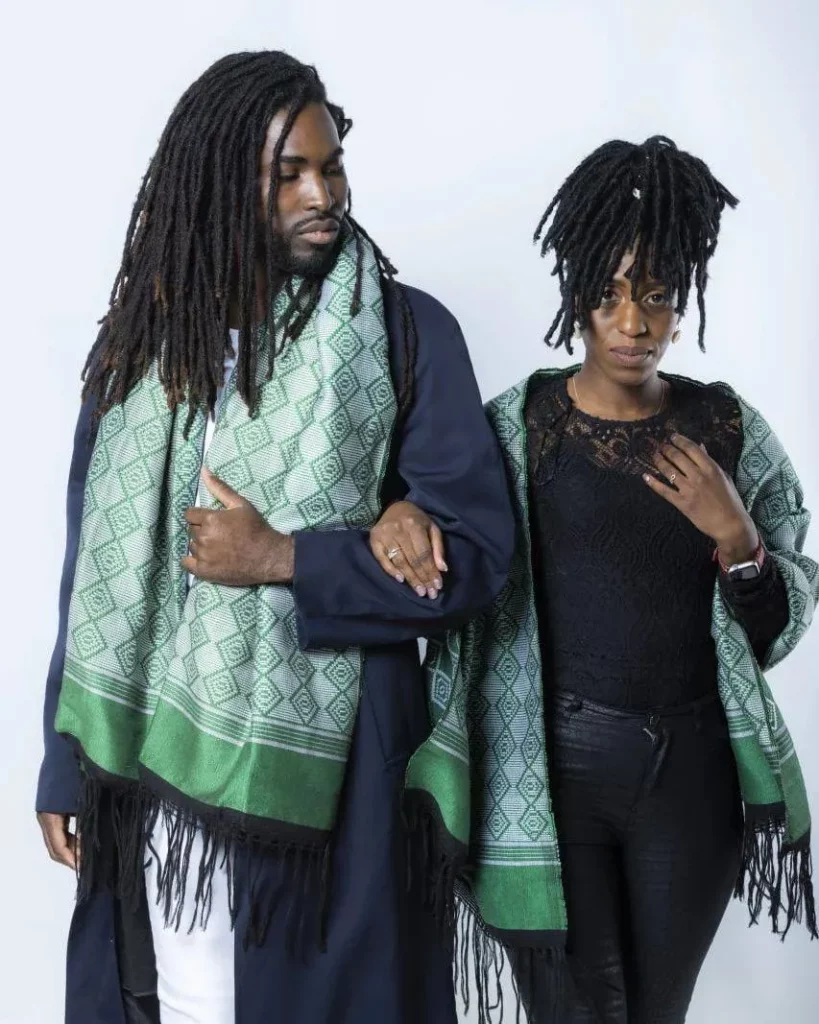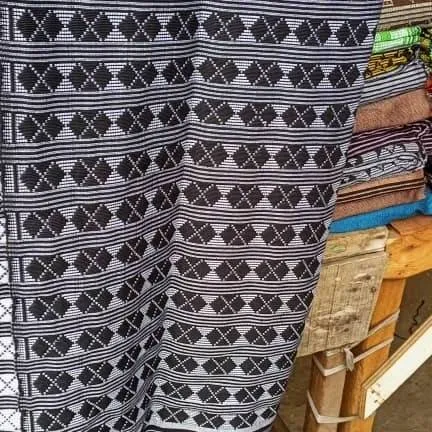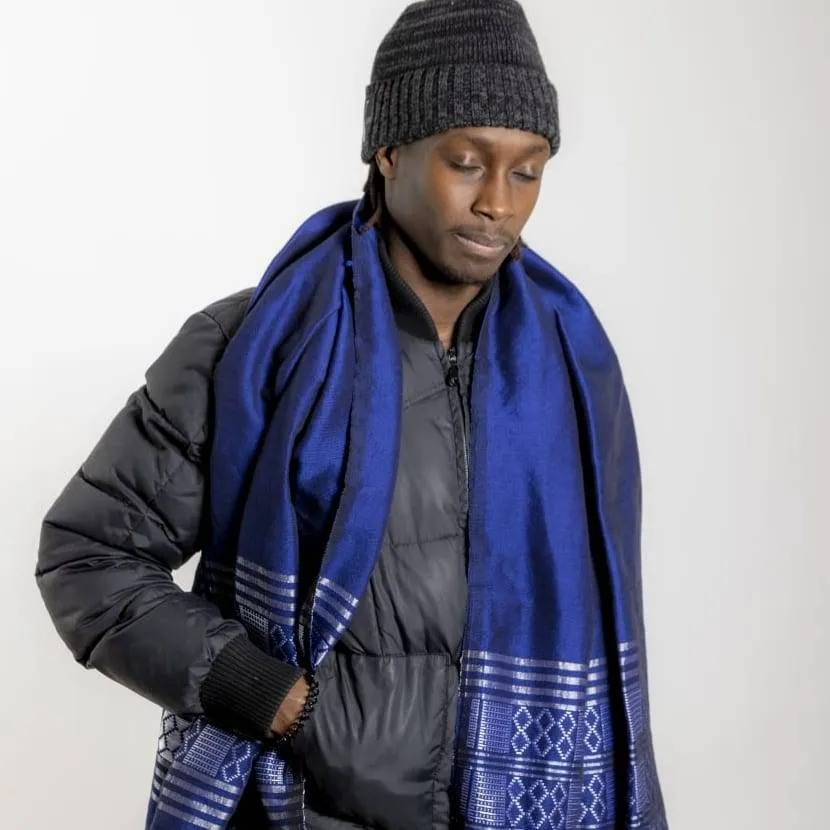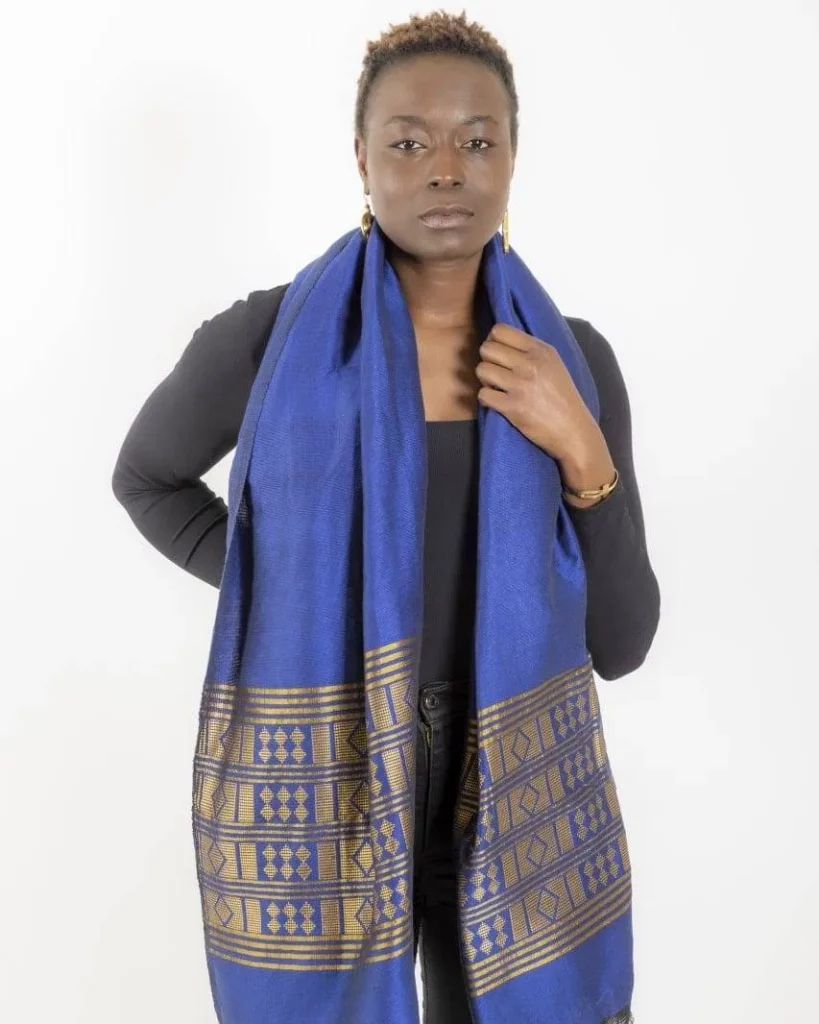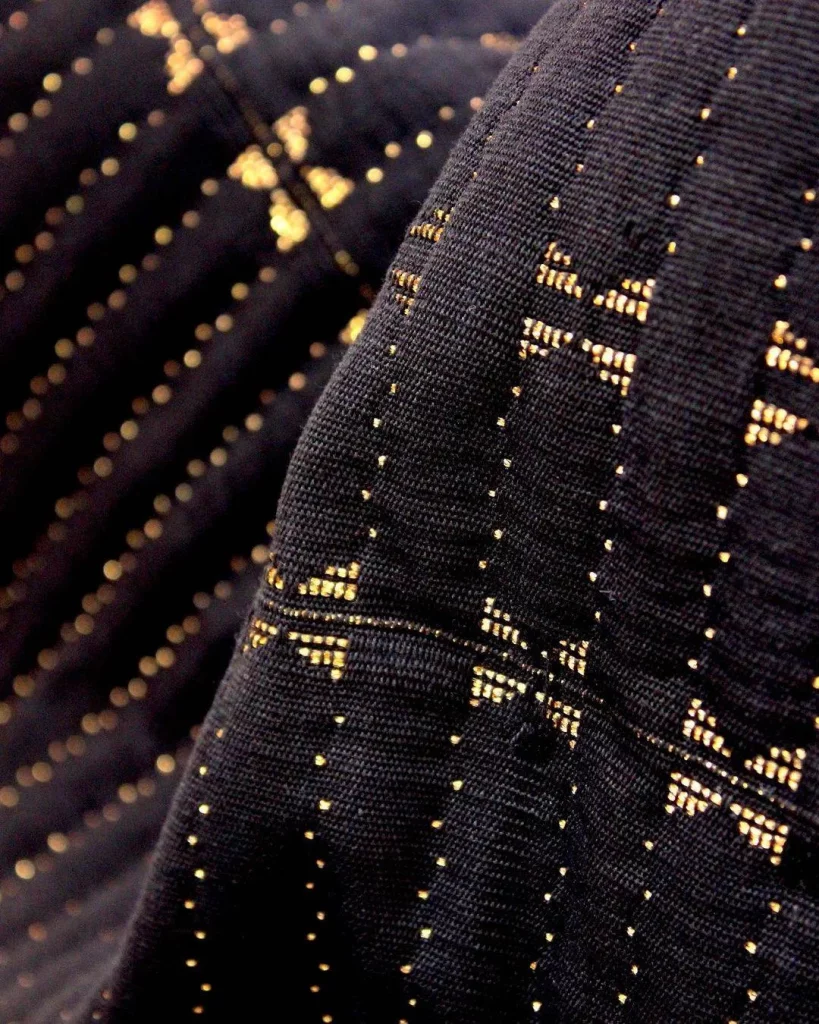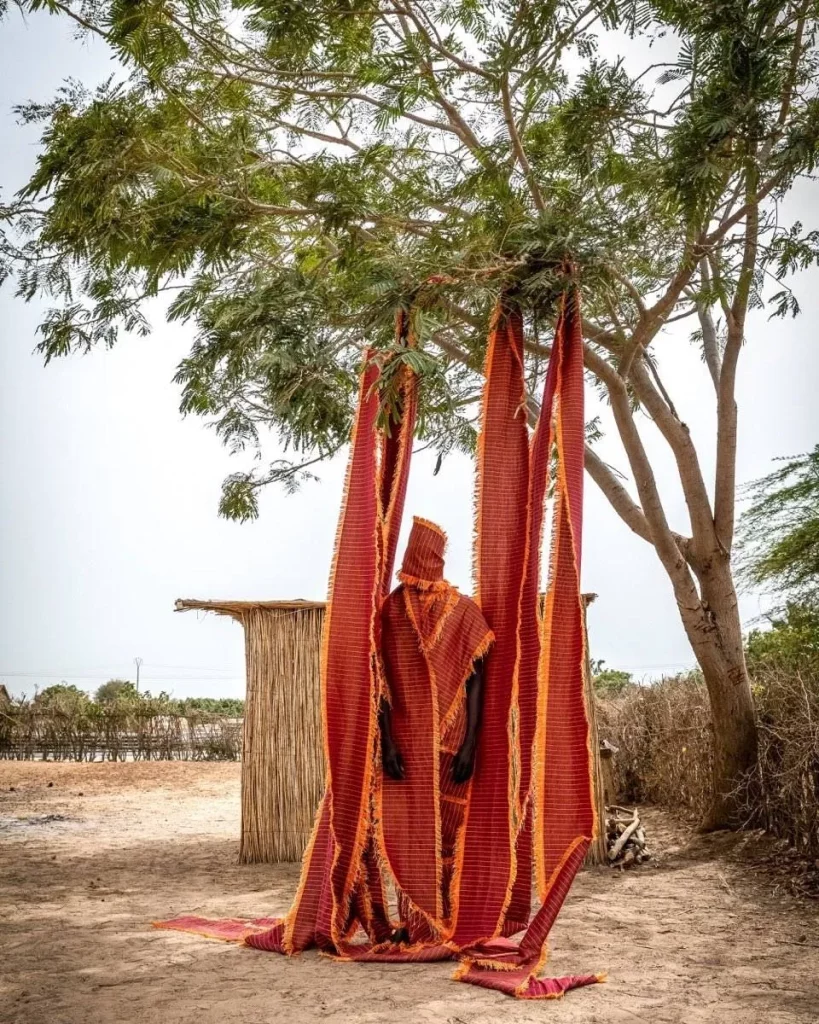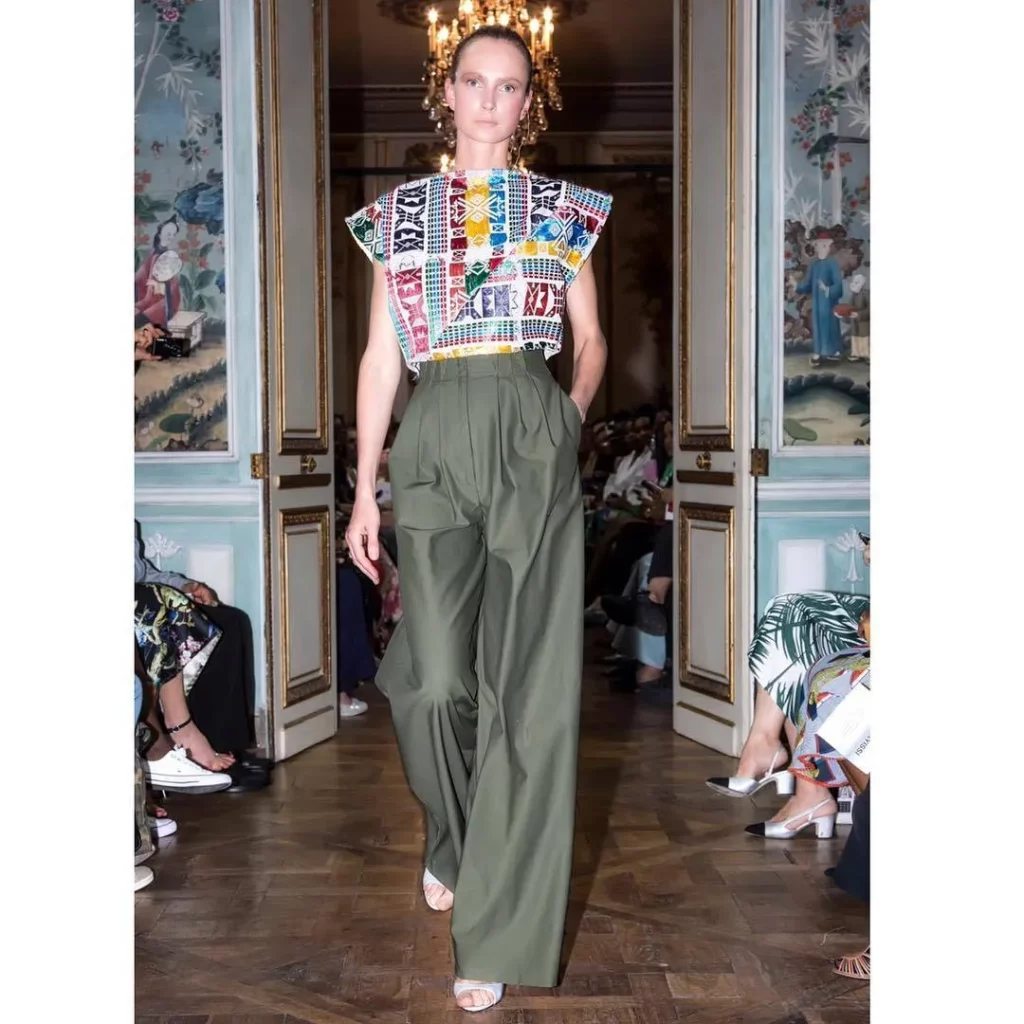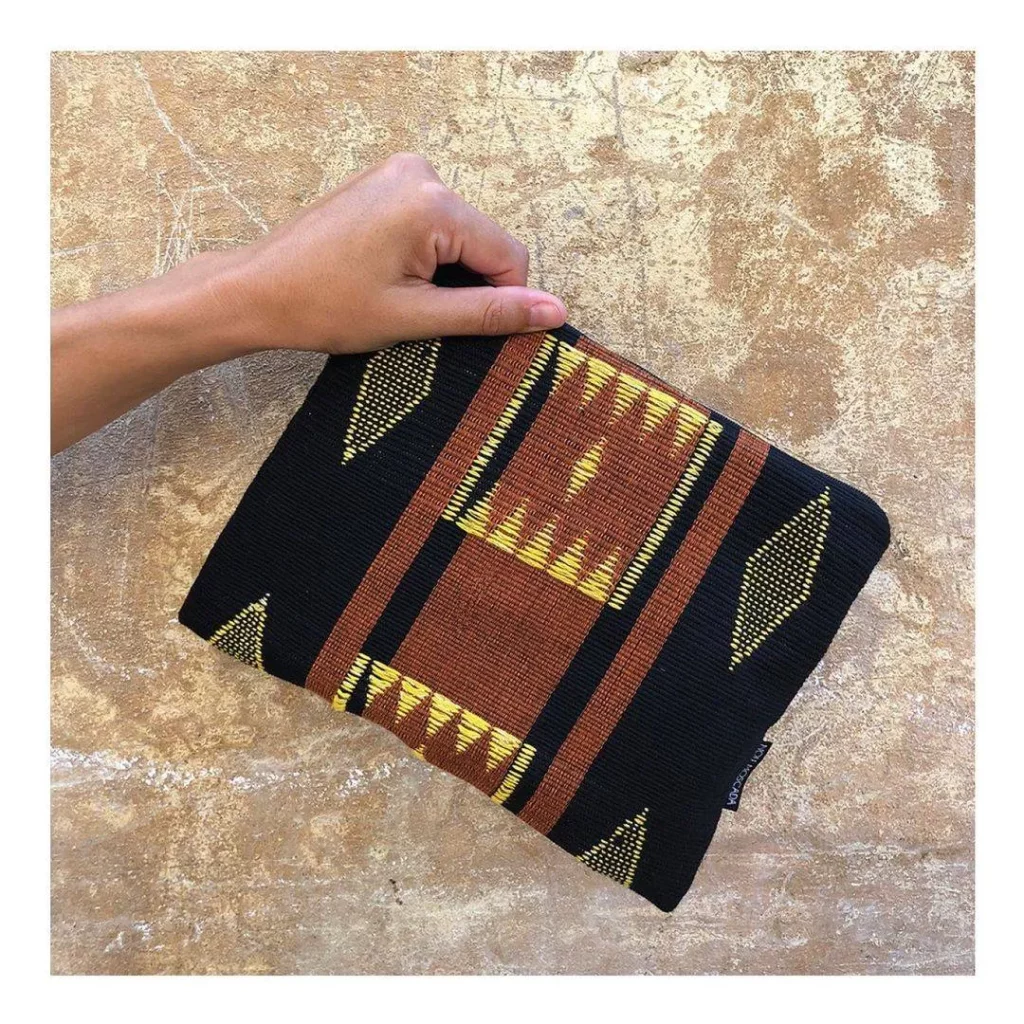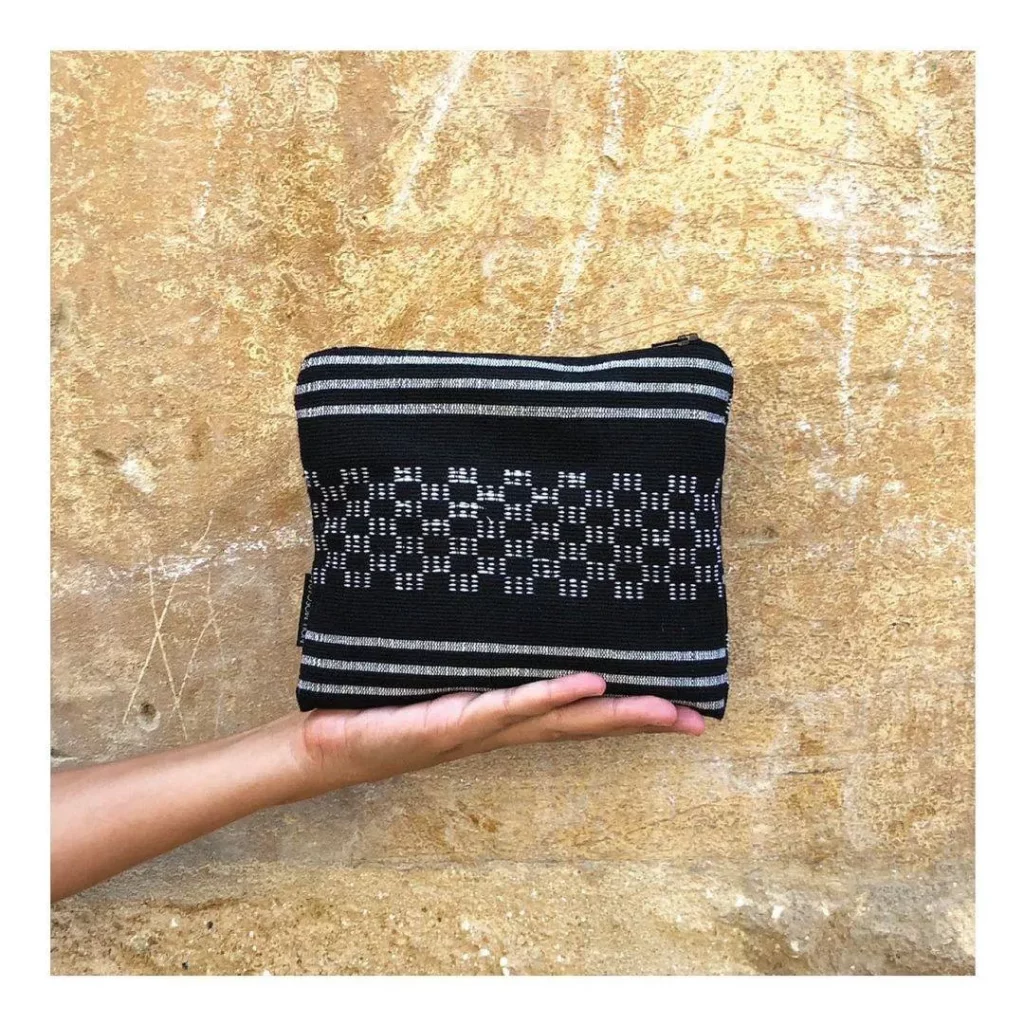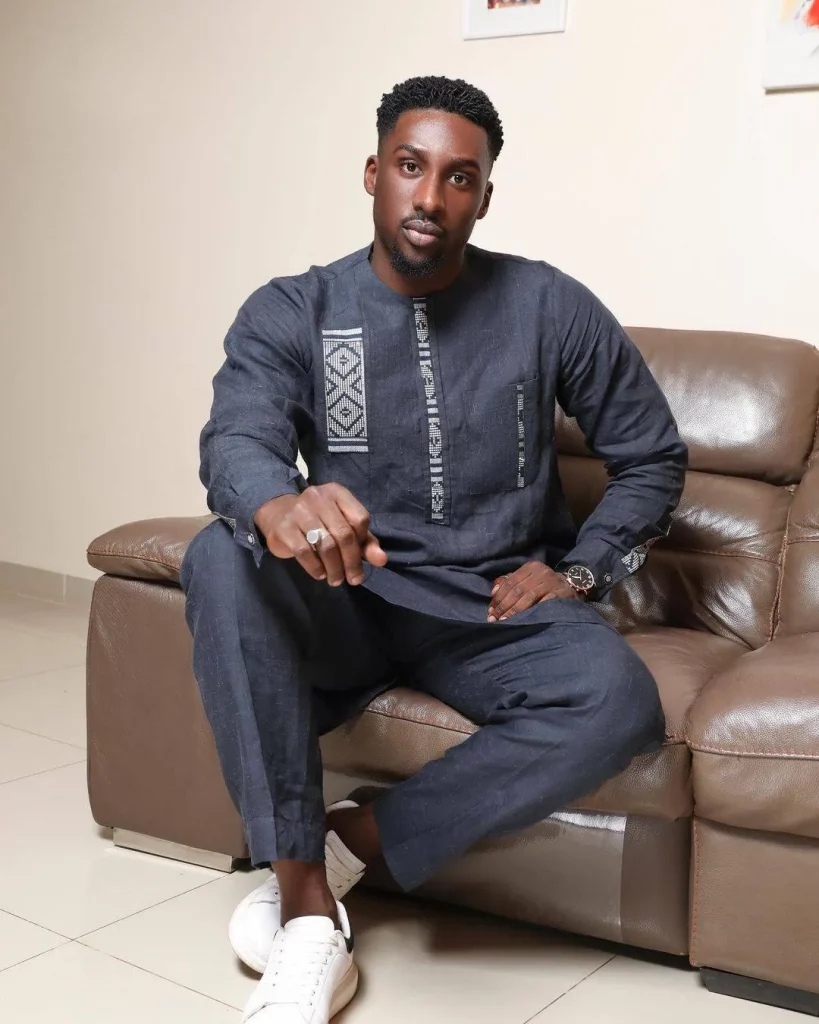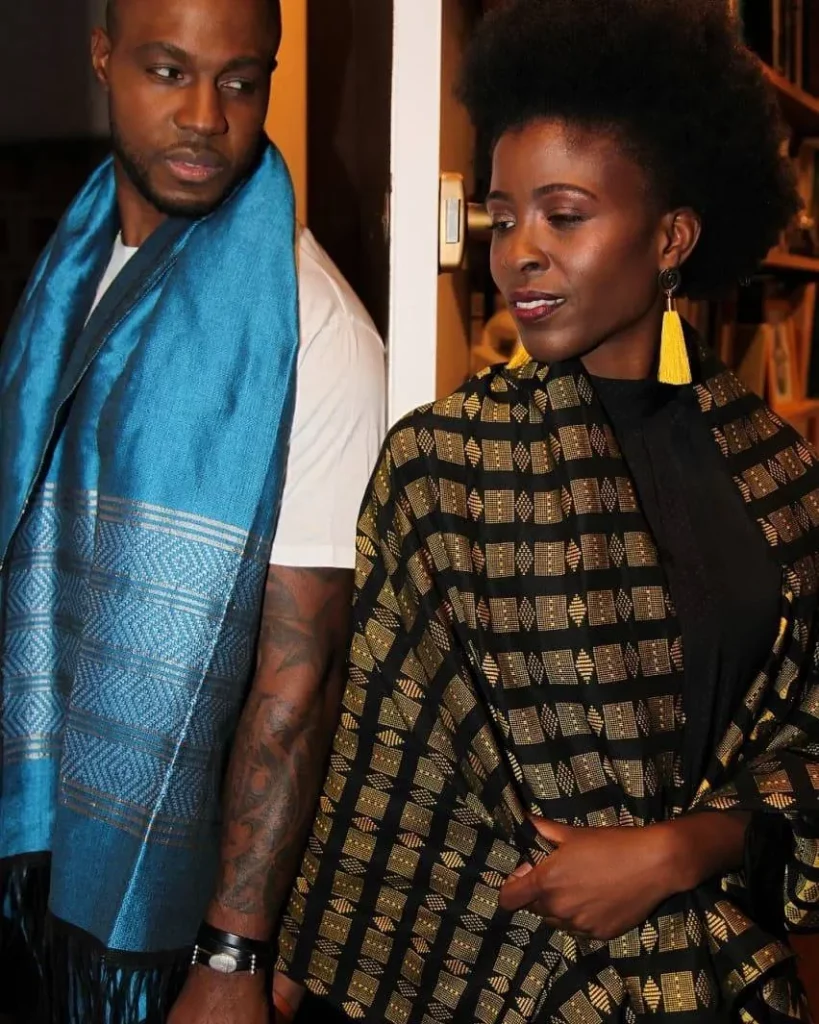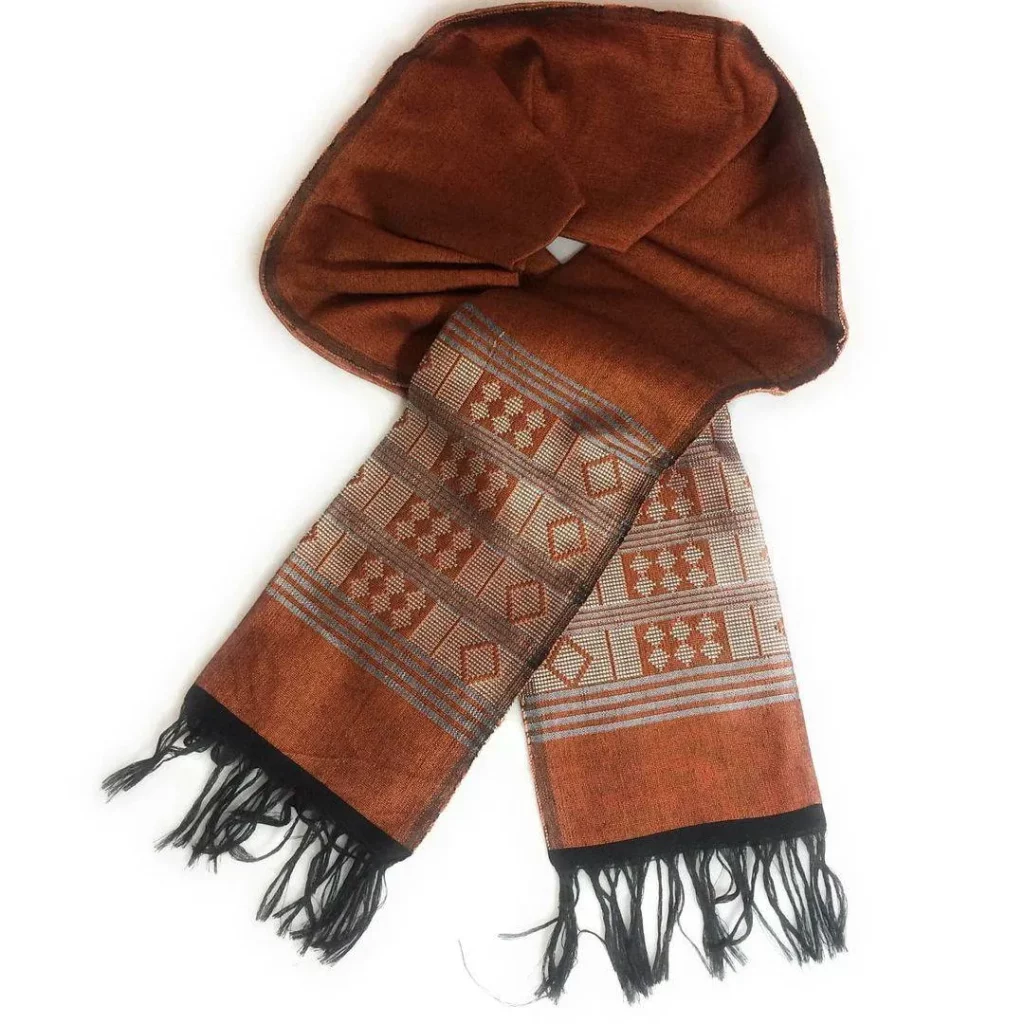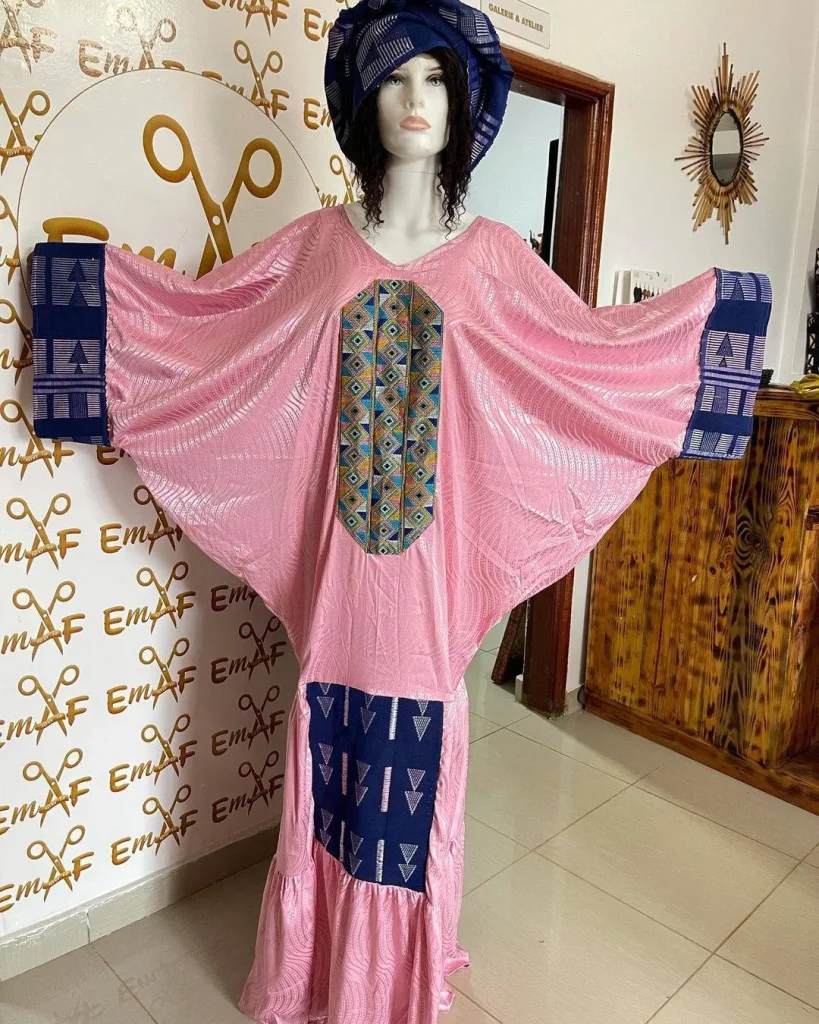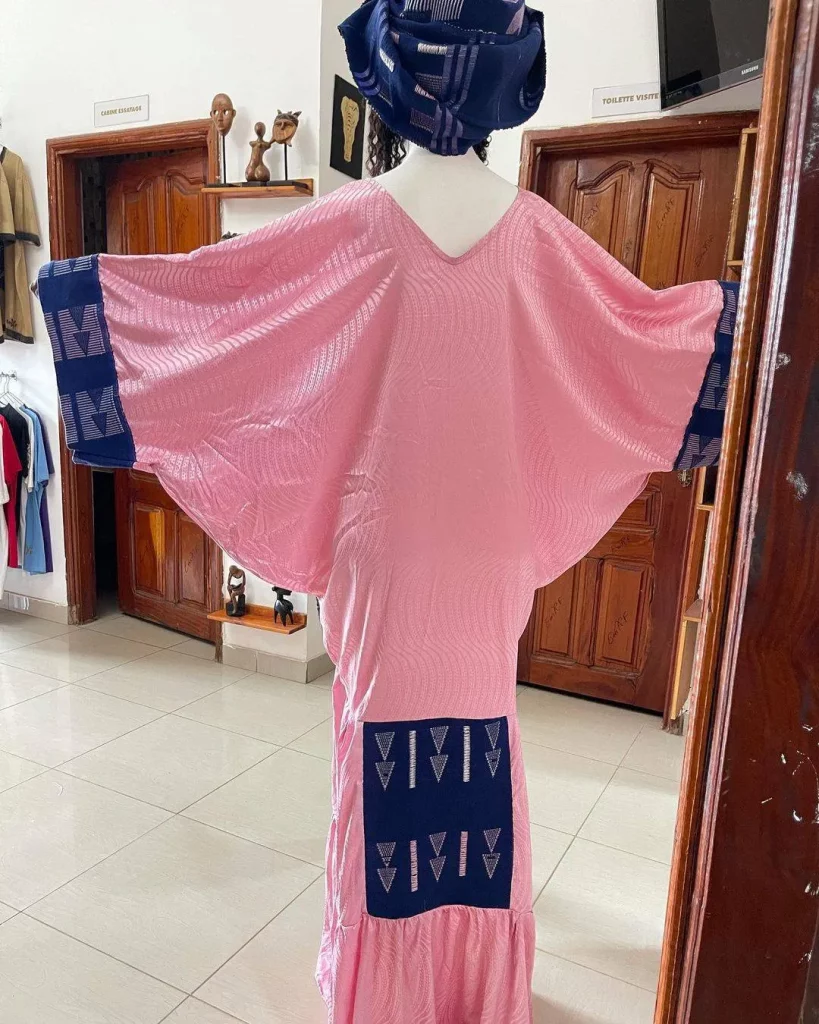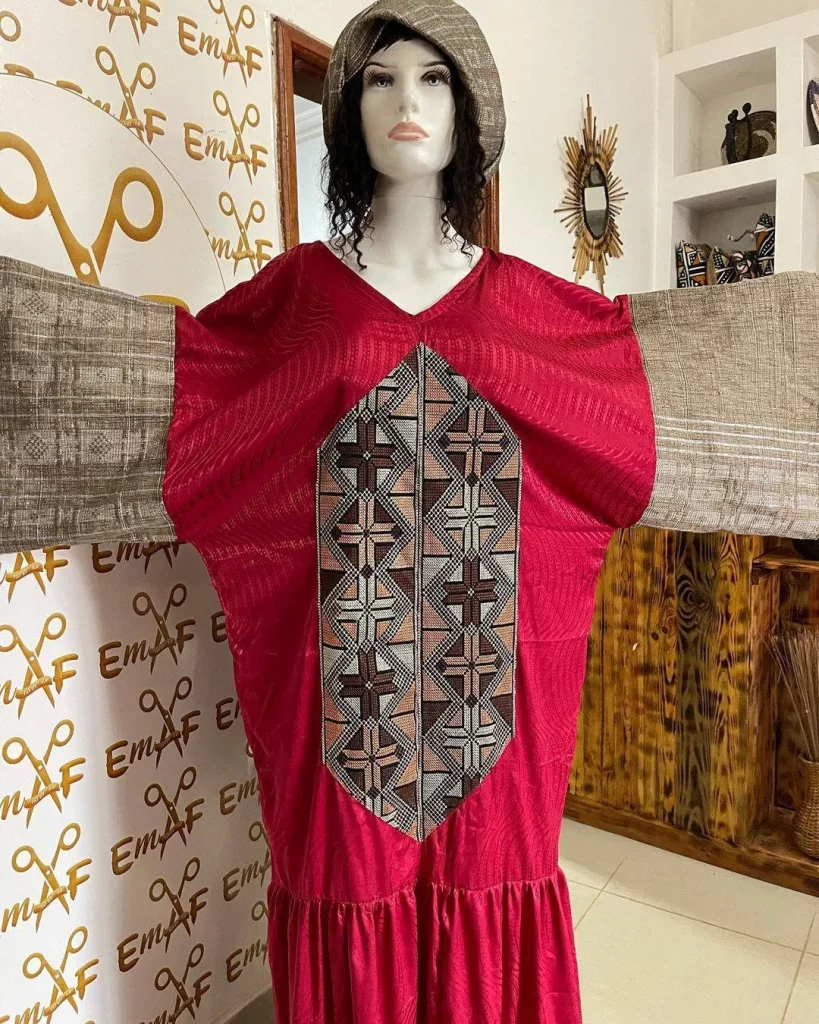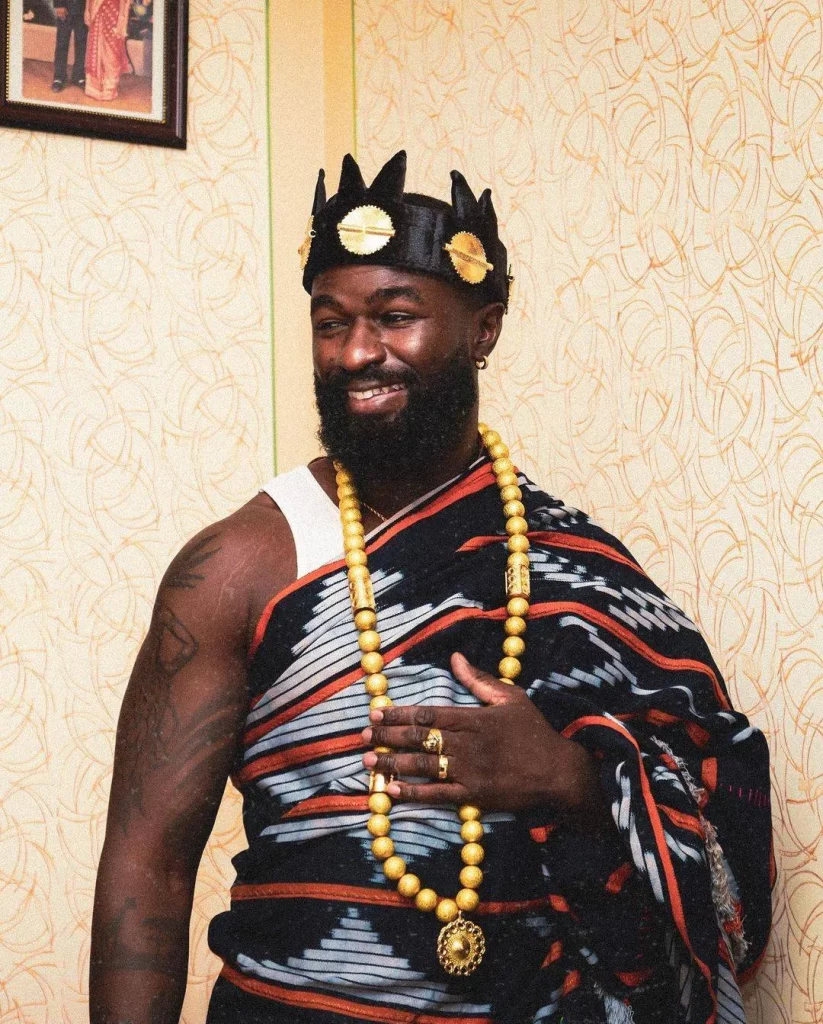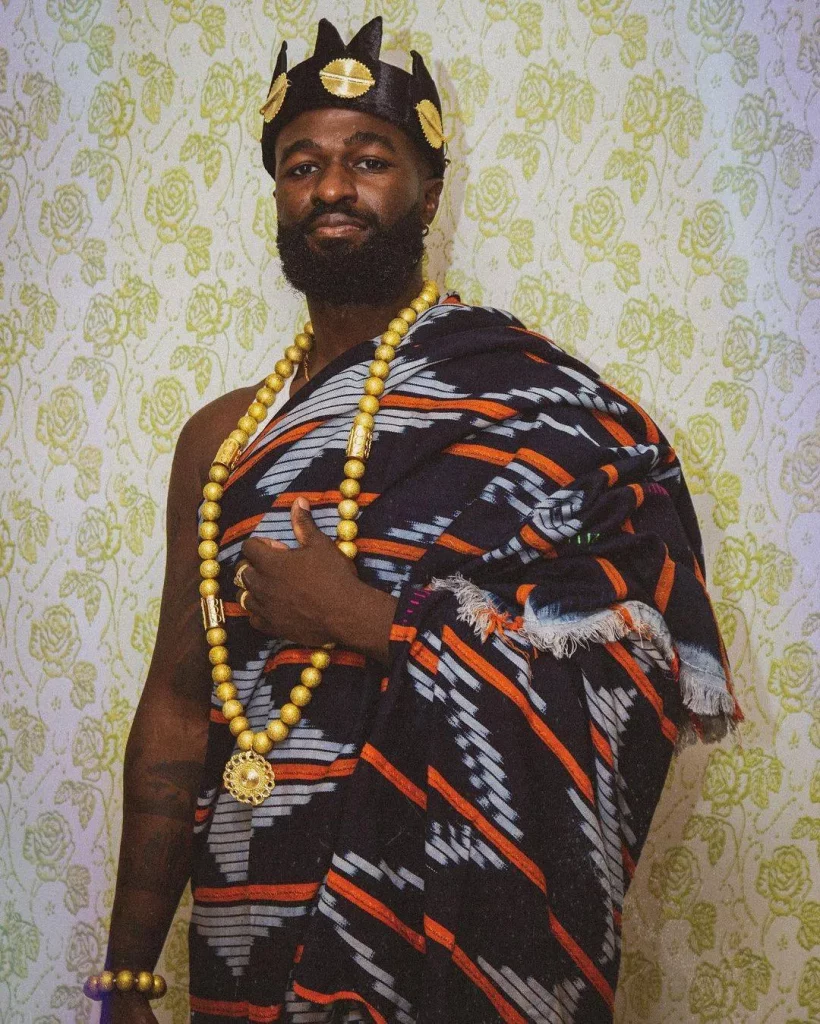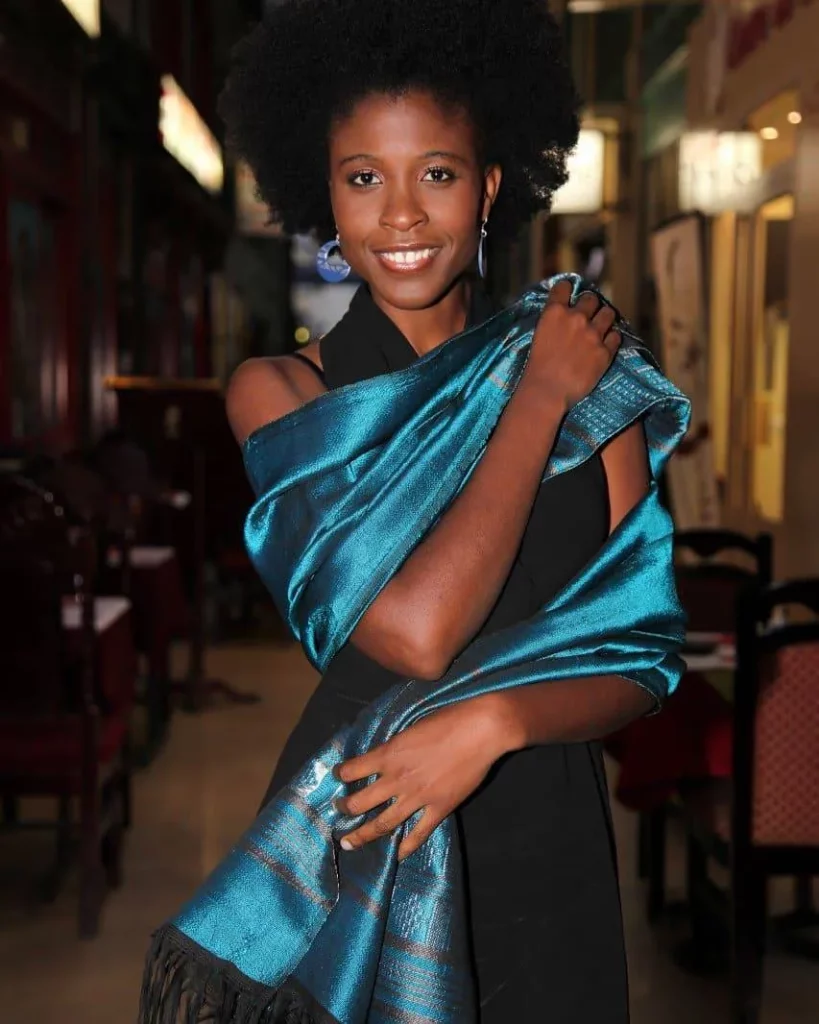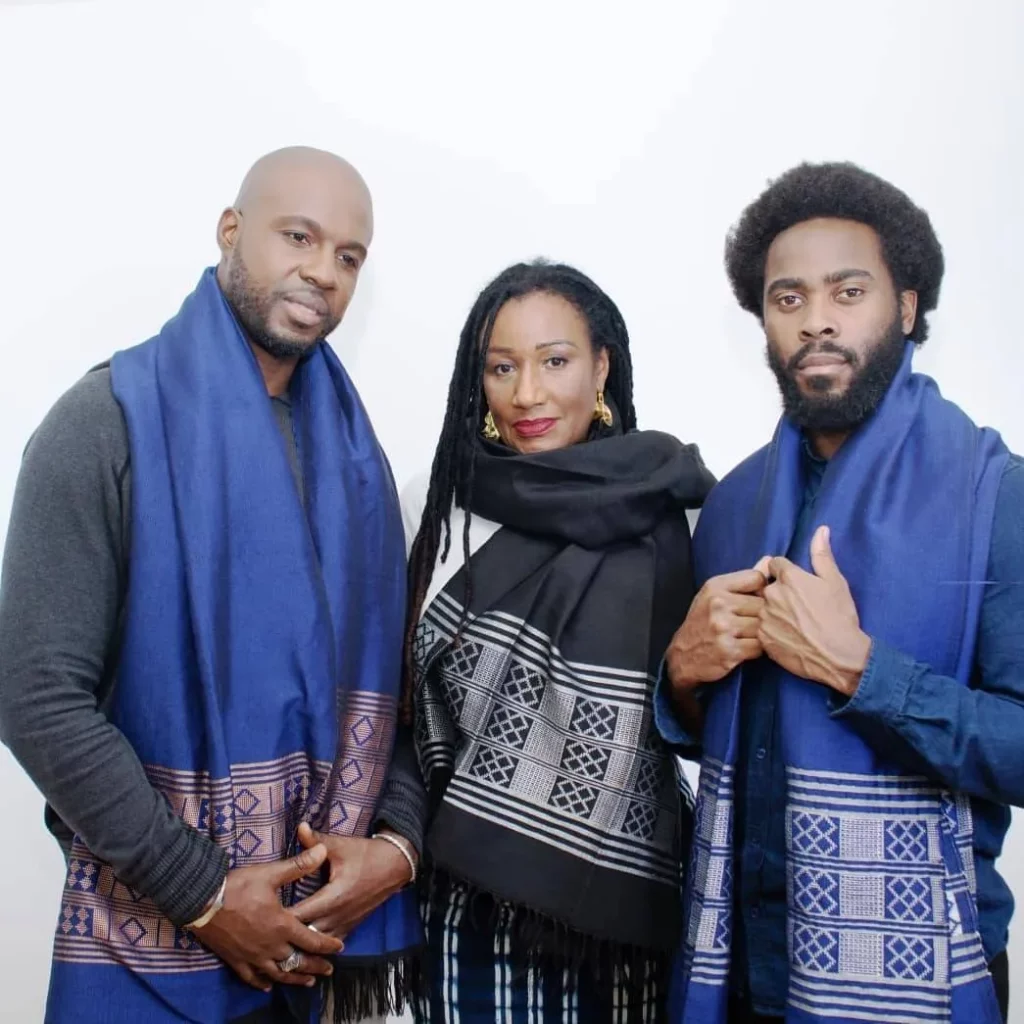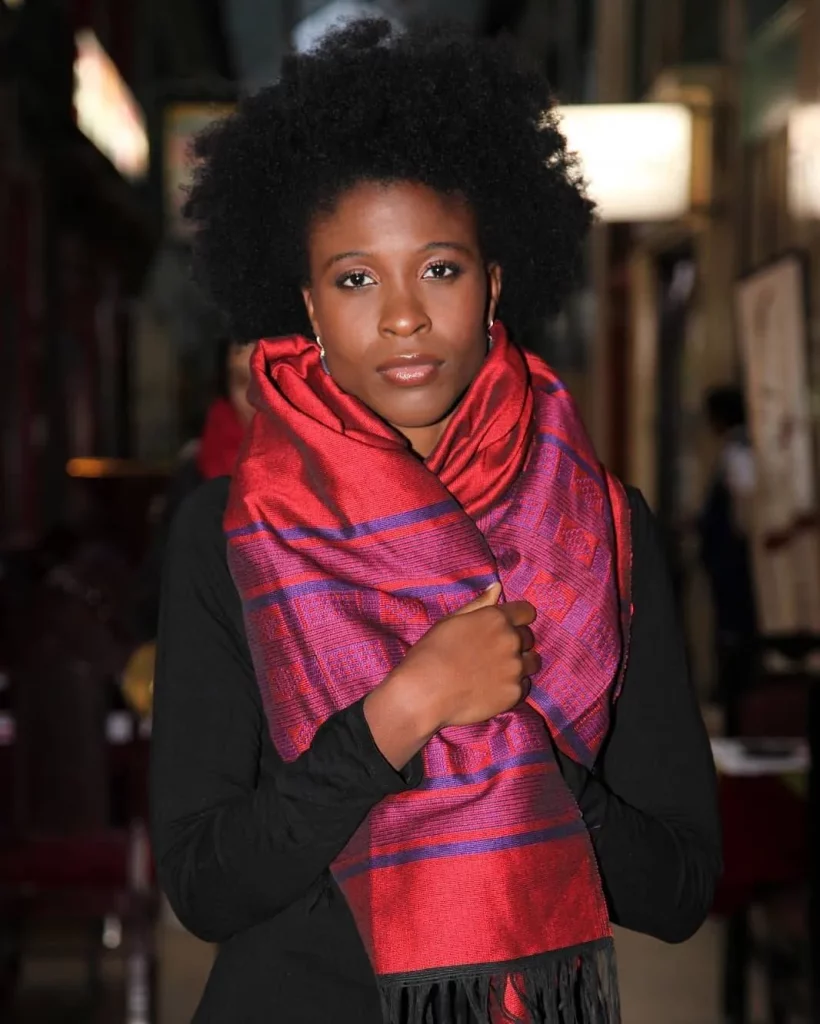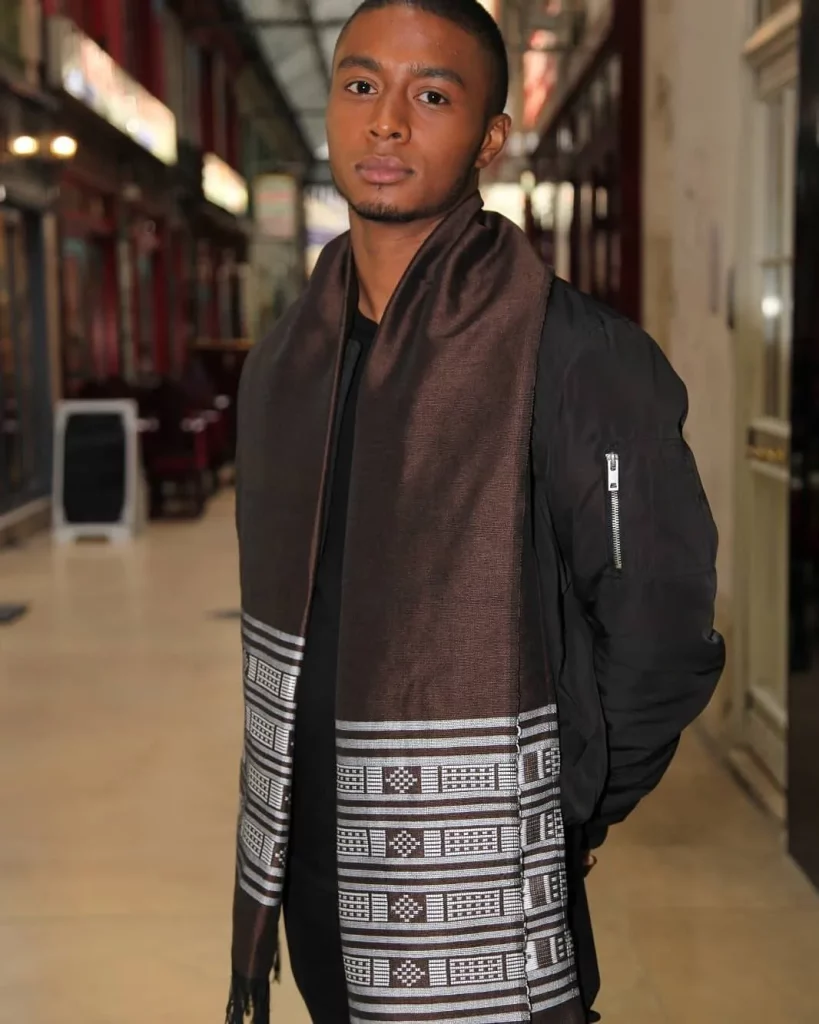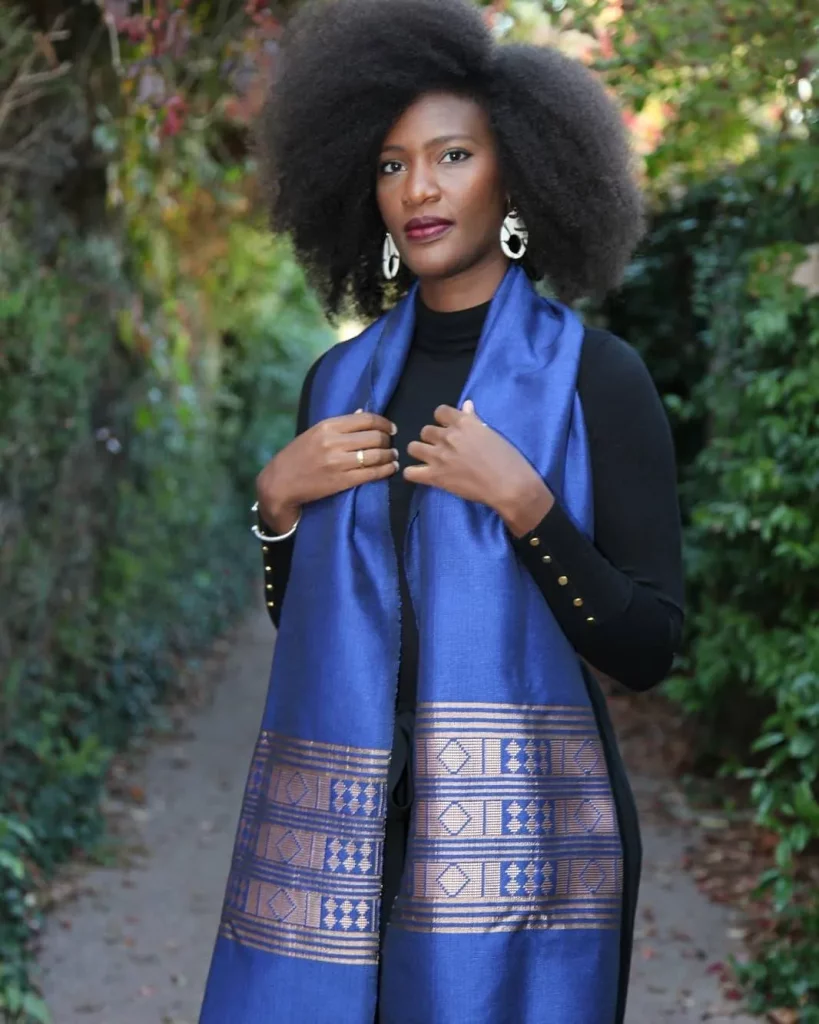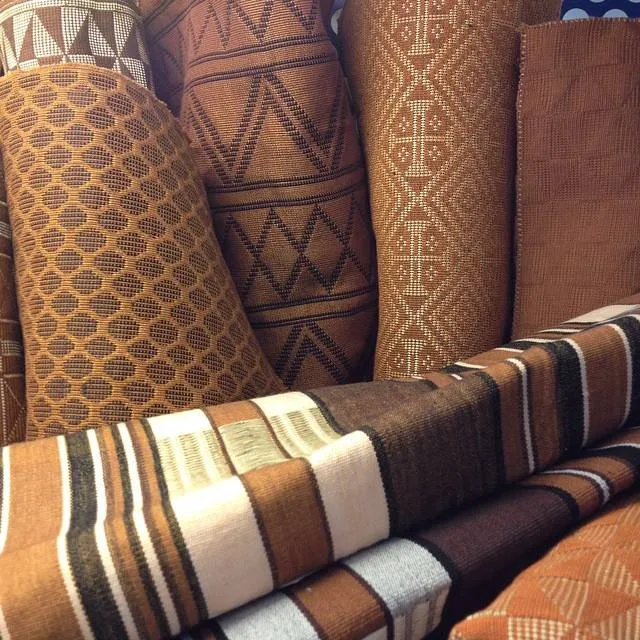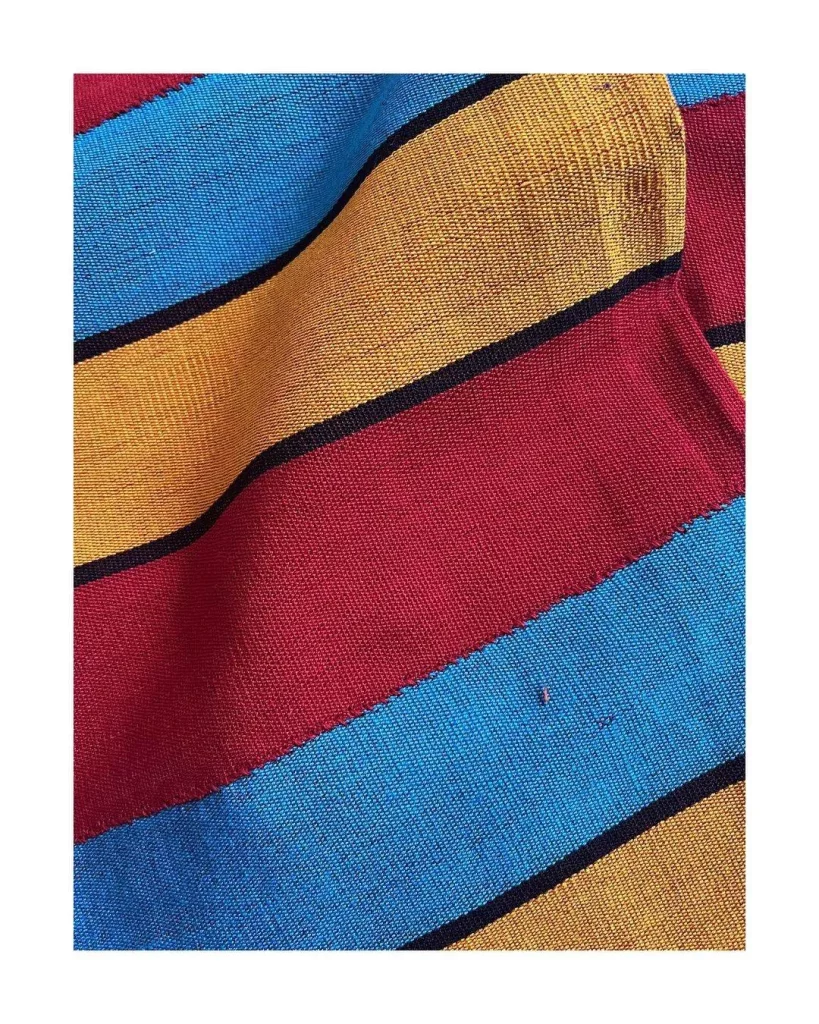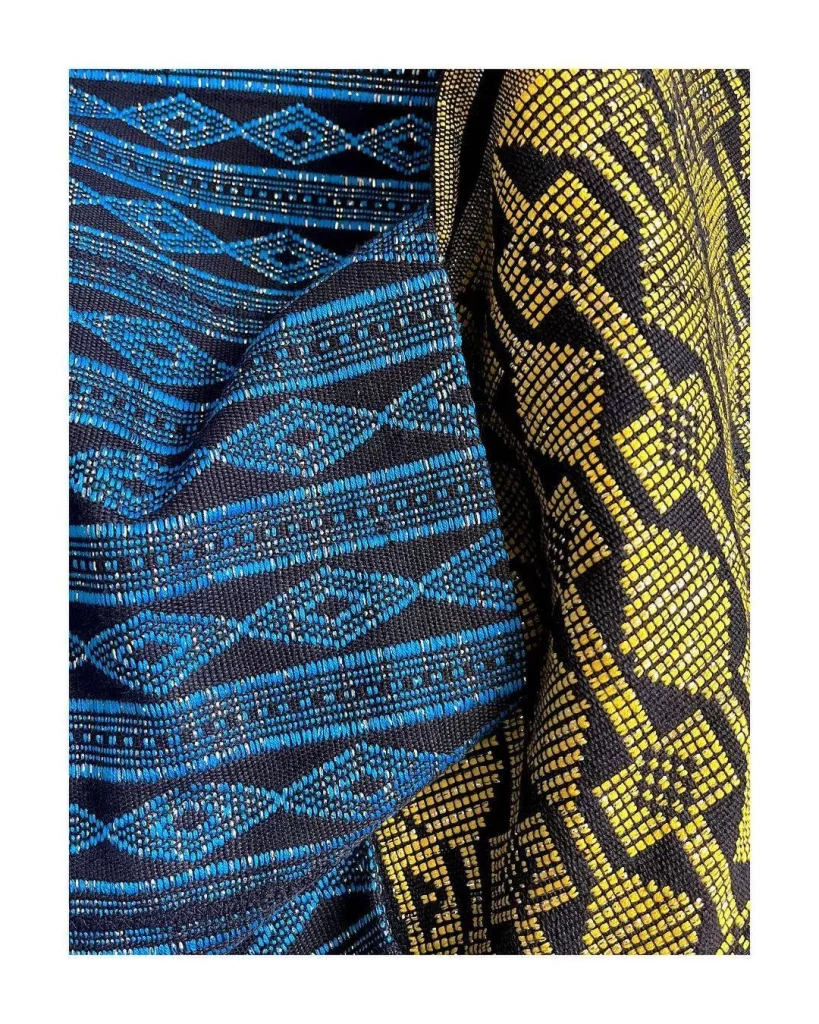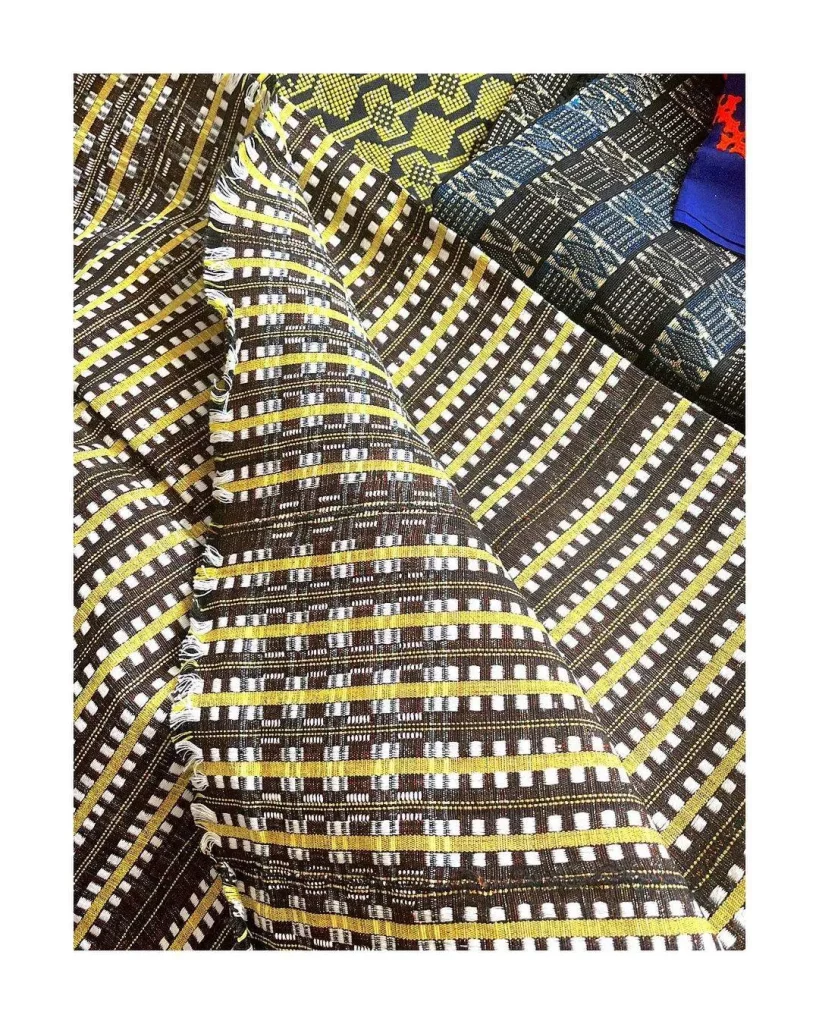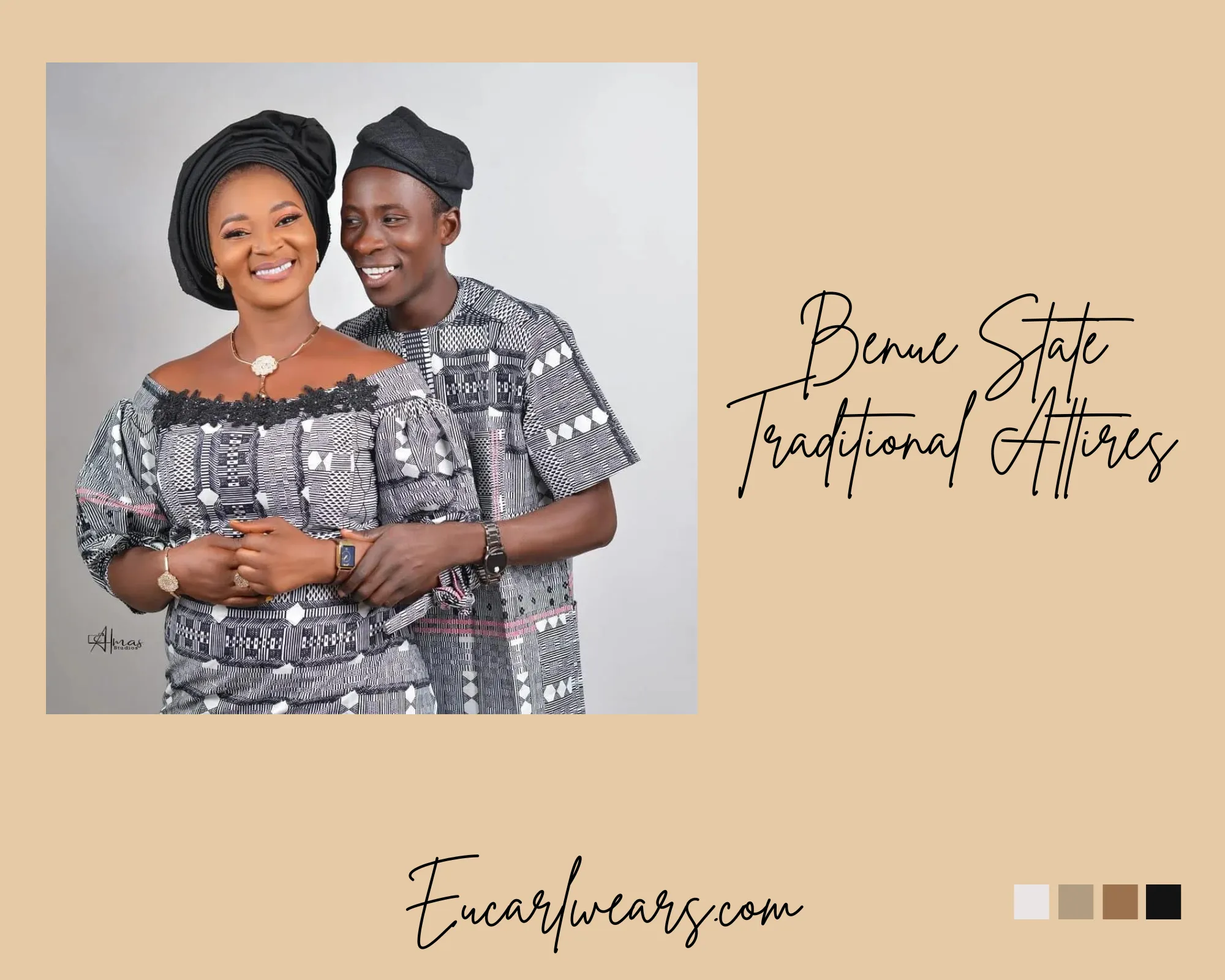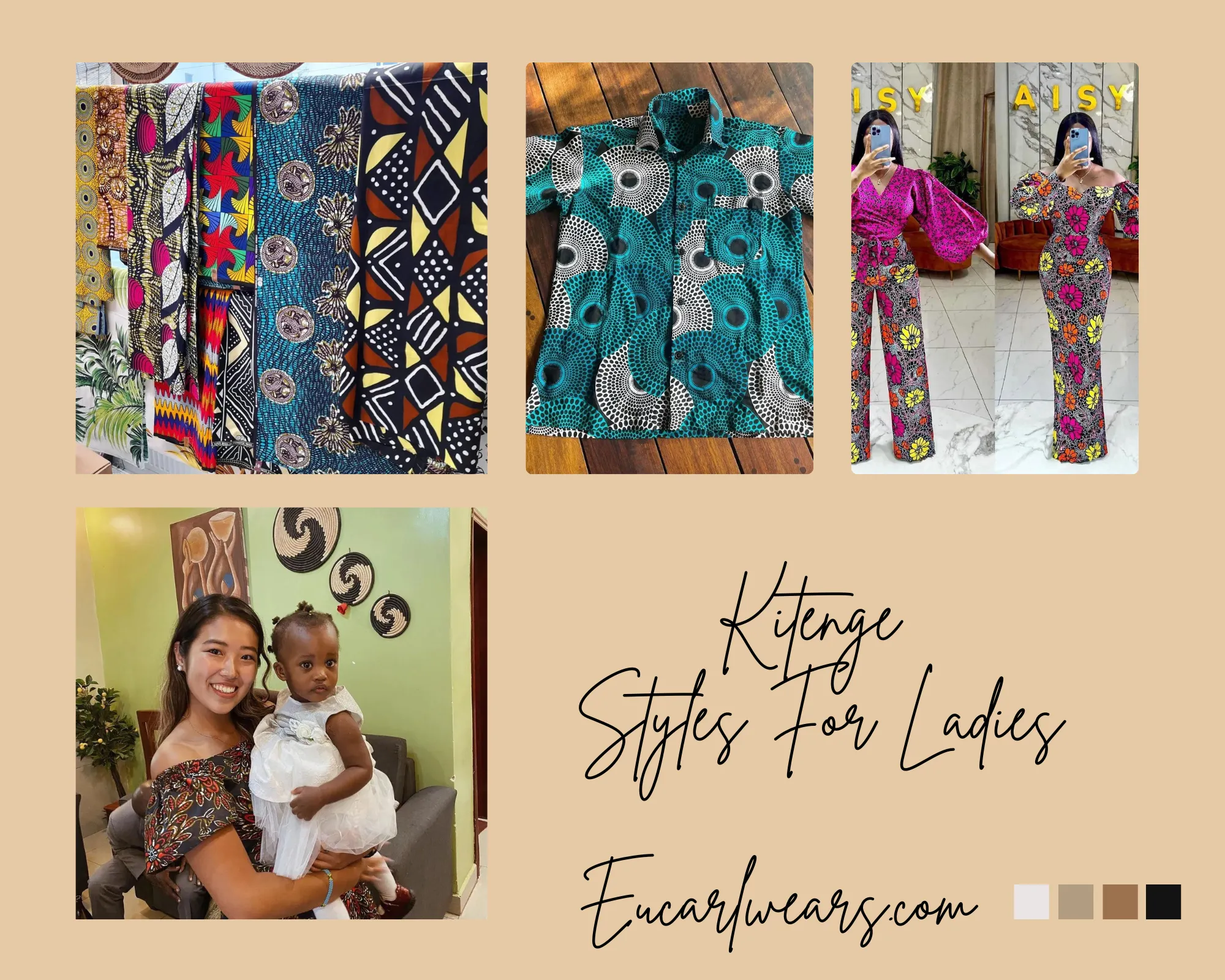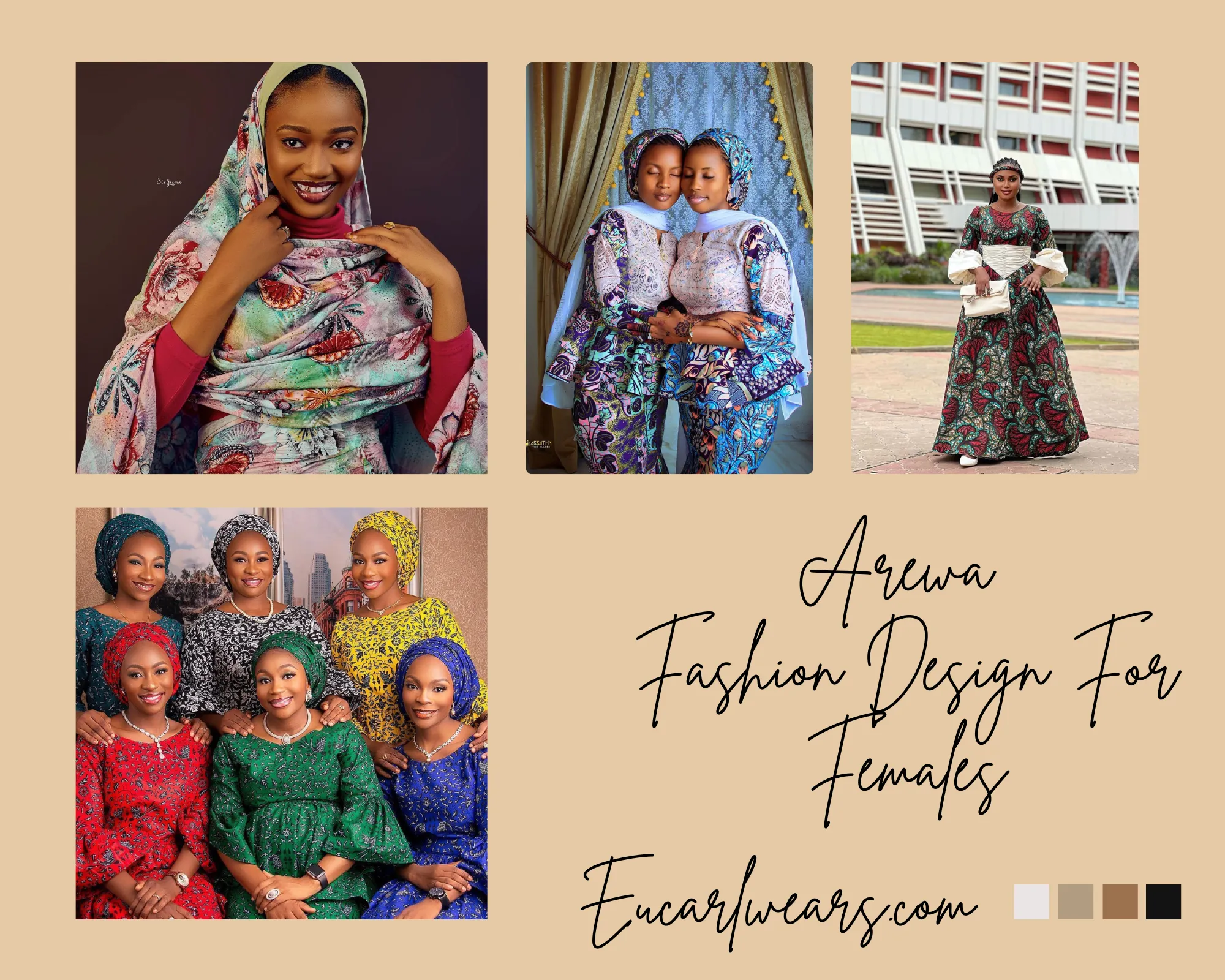African Wear
Awe-Inspiring Manjak Fabric Styles
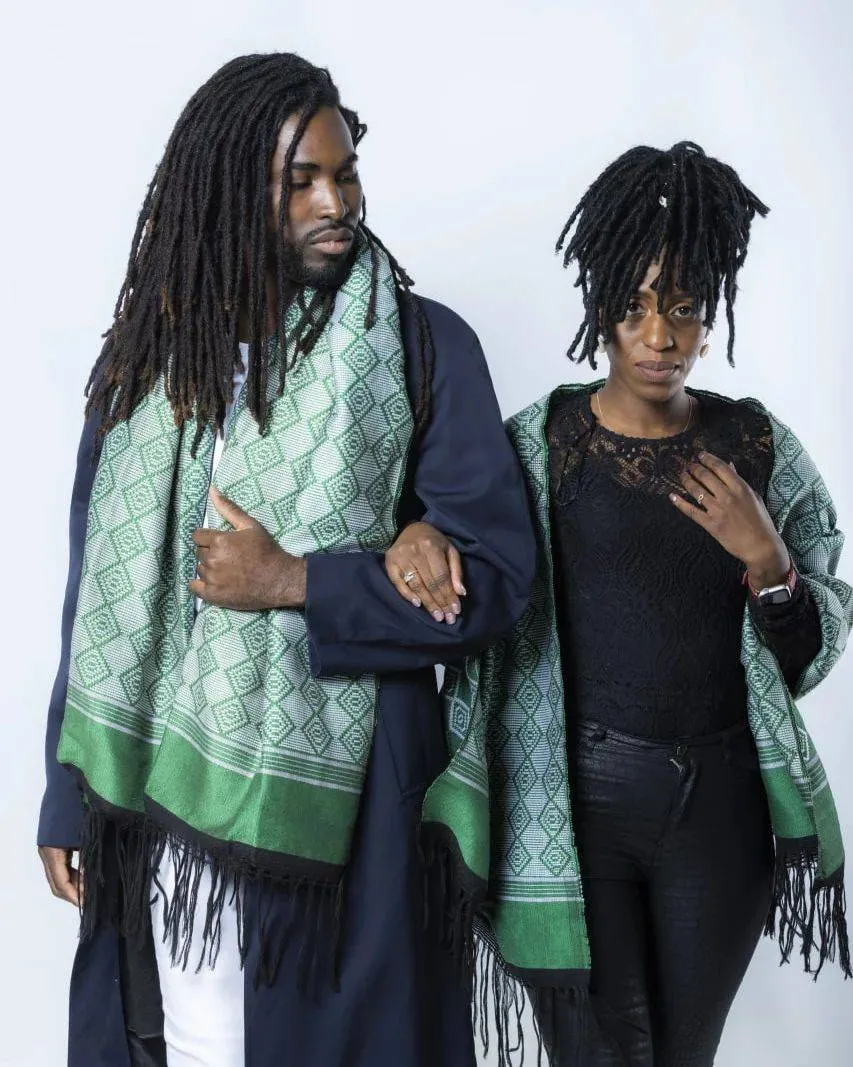
Manjak Fabric Styles also known as Manjak woven loincloth, or Mandjak is a traditional African clothing that originated from Guinea-Bissau.
The Manjak people are spread across Guinea-Bissau, Casamance in Senegal, the Gambia, Cape Verde, and some parts of France. Although Manjak communities are quite few in these countries of West Africa, they can make significant impacts through their presence in those places.
From oral tradition, the woven Manjak loincloth began as an initiated skill into a man from the Kalëkis village, Cacheu, North of Guinea Bissau. This profession he later passed on to other members of his community.
Manjak clothing styles are made with high-quality weaving patterns, abstract designs, and elegant color blends which can serve as ceremonial and ritual wears to important occasions and funeral rites.
The colors and patterns of the Manjak loincloth hold special meanings to the craftsmen who weave the fabric. However, in recent times, western modernity styles have been incorporated into the textiles, hence, there is hardly any original pattern of the fabric.
Significance of the Manjak textiles or Pagne Tisse
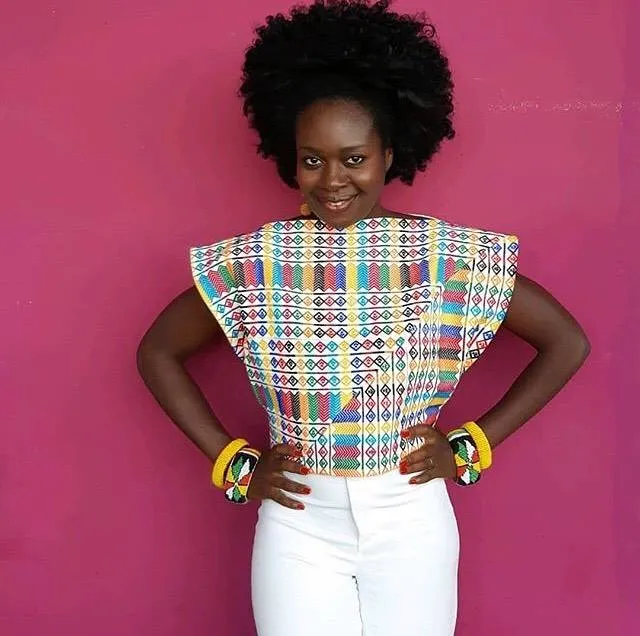
The Manjak Fabric holds much significance, especially in the spiritual aspects. When used as a bed cloth, it is believed to serve as a symbol of fertility to women about to conceive.
Pagne tissé Manjak is also used as a blanket for receiving babies at birth, for cradling infants from cold, and to fastening a baby to his mother’s back.
In marriage, the fabric serves as a veil covering the bride’s face. For the elderly, it is a comforting cloth, and in death, it is useful to shroud a dead person.
Pictures Of The Manjak Fabric Styles
